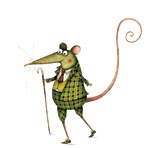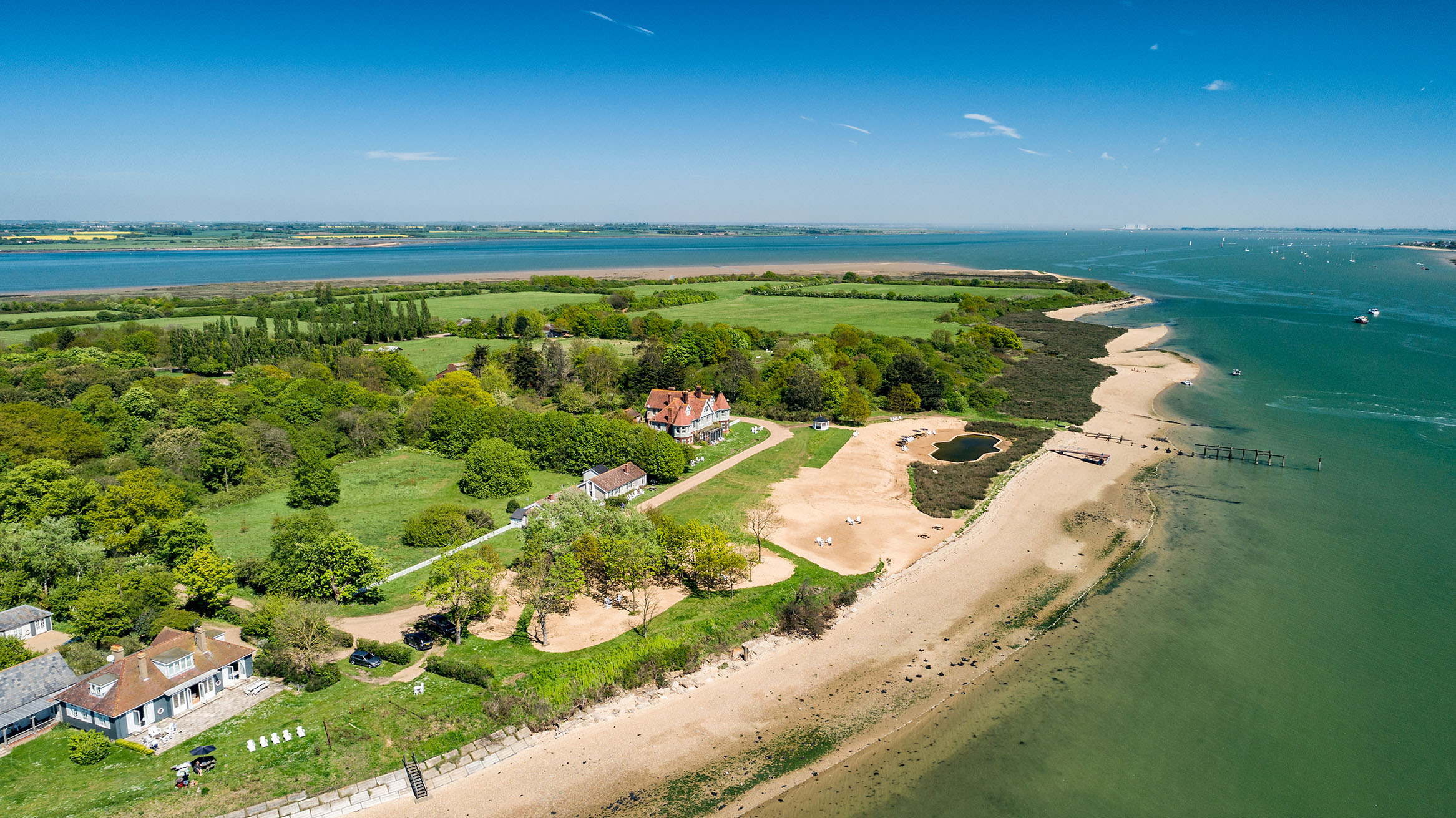Country mouse on lambing
A heady mixture of tragedy and joy, being involved in lambing, particularly when young, is quite an experience says Mark


Lambing time is a heady mixture of the beauty of life and the tragedy of death. Lambs dying during the birthing process temper the joy of spraying a matching number on a ewe and her Brillo-pad-coated twins. When I was a boy, we had a small flock of about 40 Suffolk sheep, and lambing was my favourite time of the year. I prayed for twins in the same way a football fan wants his team to win and ticked them off on a chart as they popped out.
The dread of the present virus must be ghastly. Luckily, one ewe called May, bottlefed by my sister when she was born an orphan, always had triplets, and she kept the average up if another had a singleton or, worse, another died.
Once, we were left in charge for the day, when our parents went to a wedding. One ewe went into labour and, instead of two feet appearing like Tom Daley diving cleanly into a swimming pool, there was only a head. This was a disaster. Somehow, with steaming buckets and piles of soapy Lux flakes, we managed to push the head back and deliver the lamb, followed by its twin. We had saved three lives. That's quite a thing when you're 12.
to Country Life and save over £50 a year
Sign up for the Country Life Newsletter
Exquisite houses, the beauty of Nature, and how to get the most from your life, straight to your inbox.
Country Life is unlike any other magazine: the only glossy weekly on the newsstand and the only magazine that has been guest-edited by HRH The King not once, but twice. It is a celebration of modern rural life and all its diverse joys and pleasures — that was first published in Queen Victoria's Diamond Jubilee year. Our eclectic mixture of witty and informative content — from the most up-to-date property news and commentary and a coveted glimpse inside some of the UK's best houses and gardens, to gardening, the arts and interior design, written by experts in their field — still cannot be found in print or online, anywhere else.
-
 380 acres and 90 bedrooms on the £25m private island being sold by one of Britain's top music producers
380 acres and 90 bedrooms on the £25m private island being sold by one of Britain's top music producersStormzy, Rihanna and the Rolling Stones are just a part of the story at Osea Island, a dot on the map in the seas off Essex.
By Lotte Brundle
-
 'A delicious chance to step back in time and bask in the best of Britain': An insider's guide to The Season
'A delicious chance to step back in time and bask in the best of Britain': An insider's guide to The SeasonHere's how to navigate this summer's top events in style, from those who know best.
By Madeleine Silver